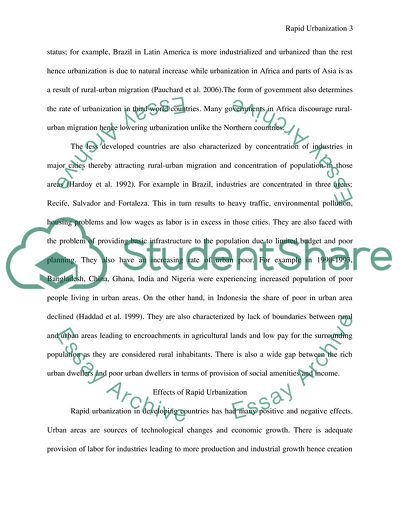Cite this document
(Rapid Urbanization and the Struggles of the Poor in those Areas Research Paper, n.d.)
Rapid Urbanization and the Struggles of the Poor in those Areas Research Paper. https://studentshare.org/social-science/1738847-rapid-urbanization-and-the-struggles-of-the-poor-in-those-areas
Rapid Urbanization and the Struggles of the Poor in those Areas Research Paper. https://studentshare.org/social-science/1738847-rapid-urbanization-and-the-struggles-of-the-poor-in-those-areas
(Rapid Urbanization and the Struggles of the Poor in Those Areas Research Paper)
Rapid Urbanization and the Struggles of the Poor in Those Areas Research Paper. https://studentshare.org/social-science/1738847-rapid-urbanization-and-the-struggles-of-the-poor-in-those-areas.
Rapid Urbanization and the Struggles of the Poor in Those Areas Research Paper. https://studentshare.org/social-science/1738847-rapid-urbanization-and-the-struggles-of-the-poor-in-those-areas.
“Rapid Urbanization and the Struggles of the Poor in Those Areas Research Paper”. https://studentshare.org/social-science/1738847-rapid-urbanization-and-the-struggles-of-the-poor-in-those-areas.


